Use of refractory facing brick in the construction industry
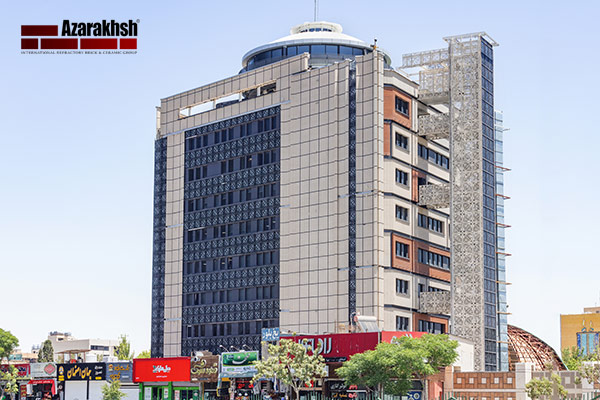
Regarding construction, few materials can match the versatility and resilience of fire brick facades. These specially engineered bricks not only elevate the aesthetic appeal of buildings but also provide critical fire resistance and thermal insulation. Imagine a structure that captivates the eye with its stunning exterior while standing strong against the elements and potential fire hazards. This is precisely the advantage that fire brick facades offer, making them a preferred choice among architects and builders. From residential homes to expansive commercial spaces, fire bricks are proving invaluable in creating both functional and attractive facades that cater to a variety of design preferences.
As the demand for safer and more energy-efficient buildings increases, understanding the applications of fire bricks becomes essential for architects, builders, and homeowners alike. Their ability to withstand extreme temperatures without compromising structural integrity ensures that they remain a reliable option in various climates. Whether you’re curious about the practical benefits or the striking design possibilities, this exploration of refractory brick facades will reveal how they contribute to the evolving landscape of architecture. Dive into discovering why incorporating fire bricks into your next building project could be a game-changing decision that enhances both safety and aesthetics while promoting energy efficiency.
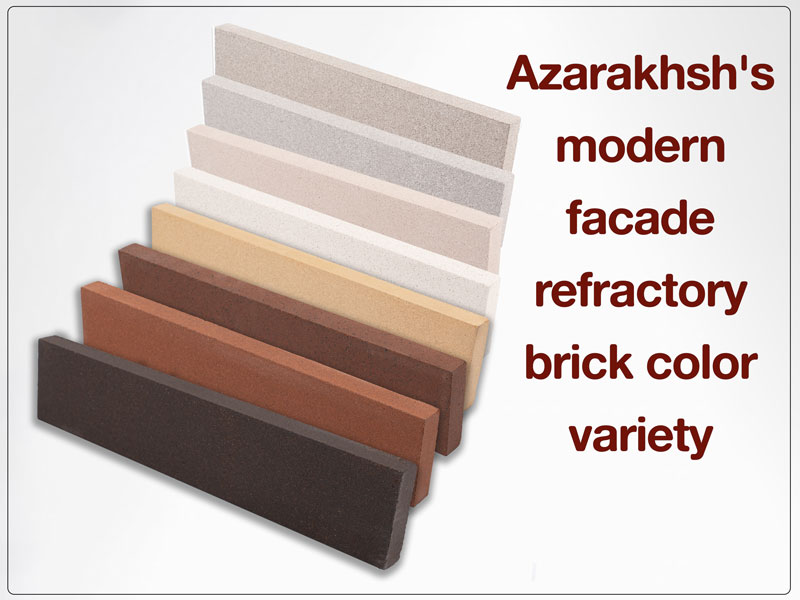
Fire Brick Facade in Building Construction
In the realm of contemporary architecture, the integration of fire brick facades has emerged as a pivotal element in building design. Fire brick, also known as refractory brick, is a specially engineered brick that can withstand high temperatures without losing structural integrity. This characteristic makes it an essential material in constructions where heat resistance is a prerequisite. Composed of materials such as silica and alumina, fire bricks are designed to endure the rigors of extreme thermal conditions, making them a popular choice for various applications in the construction industry. Notably, the aesthetic versatility of fire brick facades allows architects to create visually appealing structures while ensuring functional efficiency.
The structural properties of fire bricks contribute significantly to their application in building facades. Unlike standard bricks, fire bricks possess low thermal conductivity, which means they effectively insulate against heat transfer. This quality is particularly beneficial in climates with extreme temperatures, where maintaining a stable indoor environment is crucial. By utilizing fire brick facades, builders can enhance energy efficiency, reducing the need for excessive heating or cooling and ultimately leading to lower energy costs. Additionally, the smooth, less porous nature of fire bricks minimizes moisture retention, thereby reducing the risk of damage caused by freeze-thaw cycles. This unique combination of thermal insulation and moisture resistance positions fire bricks as a superior building material.
One of the standout features of fire brick facades is their durability. These bricks are less prone to cracking and spalling when exposed to rapid temperature fluctuations, making them ideal for use in regions with harsh weather conditions. The longevity of fire bricks ensures that buildings not only retain their aesthetic appeal over time but also maintain structural integrity. Fire brick options offer a wide range of colors and finishes, allowing architects and builders to customize their designs according to specific project requirements. This flexibility in design, combined with robust performance characteristics, makes fire brick facades an increasingly popular choice in modern construction, where both functionality and appearance are paramount.
Benefits of Fire Brick Facade
The benefits of incorporating fire brick facades into building designs are numerous and multifaceted. Firstly, fire bricks are inherently fire-resistant, providing an added layer of safety for structures located in wildfire-prone areas. Their non-combustible nature ensures that they do not contribute to the spread of fire, a critical advantage for residential and commercial buildings alike. Furthermore, fire bricks can endure extreme heat without deformation, making them suitable for various applications, including fireplaces and industrial furnaces. This fire-resistant feature not only protects physical property but also enhances the safety of occupants, making it a significant consideration in design.
Another significant benefit of fire brick facades is their low maintenance requirement. Once installed, these bricks are highly resistant to weathering and environmental damage. Unlike other materials that may require frequent upkeep or replacement, fire bricks maintain their appearance and functionality over many years, which can translate into cost savings for building owners. The aesthetic appeal of fire bricks also plays a crucial role in their popularity.
Available in various styles and colors, fire bricks offer a stylish finish that can enhance the overall look of a building. Whether used in modern architecture or more traditional designs, fire brick facades can contribute to a building’s character and charm, making them a favored choice among designers.
Moreover, the energy efficiency of fire brick facades cannot be overlooked. By effectively insulating against heat transfer, they help regulate indoor temperatures, reducing reliance on heating and cooling systems. This not only lowers energy bills but also supports sustainable building practices by minimizing the carbon footprint of the structure. As energy codes become increasingly stringent, utilizing fire bricks in facades can facilitate compliance with energy efficiency standards, making them a strategic choice for builders focused on sustainability. The combination of aesthetic flexibility and energy performance positions fire bricks as a forward-thinking solution in contemporary architecture.
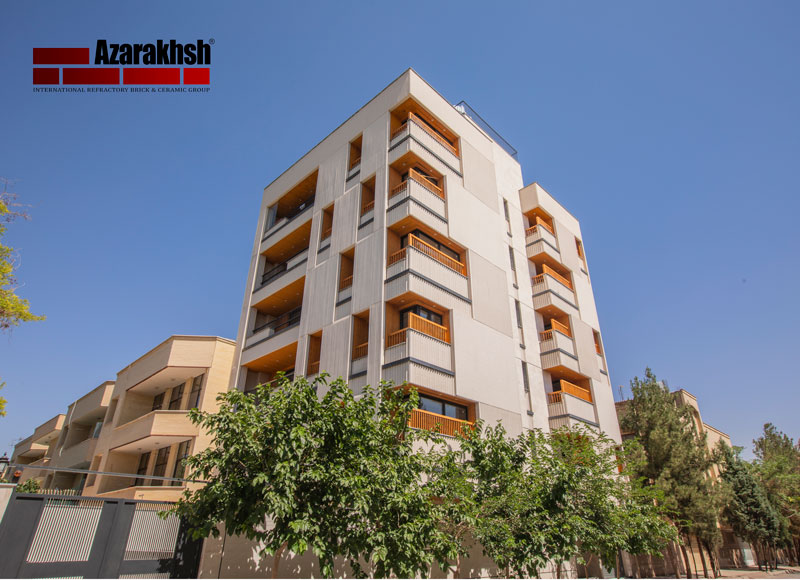
Applications of Fire Brick in Architecture
Fire bricks are versatile in their applications within architectural design, serving various purposes that extend beyond traditional uses. One of the most common applications is in outdoor fireplaces and fire pits, where the heat resistance of fire bricks is crucial for safety and durability. The interior lining of fireplaces often incorporates fire bricks, ensuring that the structure can withstand high temperatures without risk of damage. This application is particularly prevalent in residential settings where homeowners seek to create inviting outdoor spaces for entertaining and relaxation. The charm of a fire feature, combined with the resilience of fire bricks, can create a focal point in gardens and patios.
In addition to fireplaces, fire brick facades can be effectively utilized in commercial settings, particularly in establishments like restaurants and bars that feature wood-burning stoves or open flames. The aesthetic quality of fire bricks, combined with their ability to contain heat, makes them an ideal choice for creating stylish and functional cooking spaces. They can also be used in the construction of industrial furnaces, where high-performance materials are essential to maintain safe operating conditions. The capability of fire bricks to endure harsh thermal environments makes them indispensable in various industrial applications, where safety and durability are paramount.
Furthermore, fire bricks can be integrated into wall systems that require enhanced thermal performance. In climates where temperature fluctuations are common, incorporating fire brick in insulated wall assemblies can improve overall energy efficiency. By acting as a thermal mass, fire bricks help regulate indoor temperatures, creating a comfortable living environment while reducing energy consumption. This application highlights the adaptability of fire bricks in modern construction and their contribution to sustainable building practices. The growing trend towards energy-efficient design further solidifies the role of fire bricks in future architectural developments.
Durability of Fire Brick Facade
The durability of fire brick facades is one of their most compelling attributes, making them an excellent investment for both residential and commercial buildings. Fire bricks are specifically designed to withstand high temperatures, which means they can endure extreme weather conditions without compromising their structural integrity. This resilience is essential in regions subject to harsh climates, where temperature swings can lead to significant wear and tear on materials. The long-term durability of fire bricks means that buildings can maintain their structural strength and aesthetic appeal over the years, reducing the need for costly repairs or replacements.
Moreover, the low porosity of fire bricks means they are less susceptible to moisture penetration, reducing the risk of mold and mildew growth. This quality is particularly beneficial in humid areas where other materials might fail over time. The smooth surface of fire bricks also facilitates easy cleaning and maintenance, ensuring that they retain their aesthetic appeal with minimal effort. As a result, building owners can enjoy the benefits of fire brick facades for years without the need for extensive repairs or replacements. The combination of durability and ease of maintenance makes fire bricks a practical choice for those seeking long-lasting building materials.
The long lifespan of fire brick facades adds substantial value to a property. Unlike other building materials that may need frequent replacement due to wear and tear, fire bricks can last for decades, providing a cost-effective solution in the long run. Fire brick options offer products that come with guarantees, further ensuring that customers receive high-quality materials that meet their expectations. The durability of fire bricks not only enhances the building’s longevity but also contributes to the overall safety and stability of the structure, making them a smart choice for architects and builders alike. By investing in fire brick facades, property owners can secure their investment and enhance the overall value of their buildings.
Fire Resistance of Brick Facades
Fire bricks (also called refractory bricks) are made from materials like alumina and silica, which can withstand very high temperatures without breaking down.
When used in a facade, they provide an added layer of fire protection, helping to:
- Slow the spread of fire.
- Protect structural elements behind the facade.
- Increase the fire rating of a building envelope.
The fire resistance of brick facades is a critical consideration in building design, particularly in areas prone to wildfires or where building codes require enhanced safety measures. Fire bricks are non-combustible and do not support the spread of flames, making them an ideal material for constructing safe and secure environments. This inherent fire resistance allows buildings to withstand extreme heat without suffering structural damage, a feature that is increasingly important as climate change leads to more frequent and severe fire events. The use of fire-resistant materials can significantly enhance the safety profile of any building, making fire bricks a preferred choice for conscientious builders.
In addition to their fire-resistant properties, fire brick facades can endure thermal shock. This means that they can withstand rapid temperature changes without cracking or spalling, ensuring that the facade remains intact even under extreme conditions. This attribute is particularly beneficial for structures that incorporate fireplaces or wood-burning stoves, where direct exposure to heat is a constant factor. The ability of fire bricks to maintain their integrity under such circumstances further reinforces their suitability for high-temperature applications.
Furthermore, the fire resistance of brick facades contributes to the overall safety of the building’s occupants. In the event of a fire, structures with fire brick facades can help contain the flames, providing valuable time for occupants to evacuate and for emergency services to respond. This additional layer of protection is a crucial aspect of building design, especially in residential areas where families reside. By integrating fire bricks into building designs, architects and builders can ensure compliance with safety regulations while enhancing the marketability of their properties.
Utilizing fire brick facades not only meets safety regulations but also enhances the marketability of the property. Homebuyers and commercial tenants are increasingly prioritizing safety features in their search for new spaces, making fire-resistant materials a selling point. By investing in fire brick facades, builders can ensure compliance with building codes while appealing to a broader audience seeking safe and reliable living and working environments. This focus on safety and performance through the use of fire bricks can differentiate properties in a competitive market.
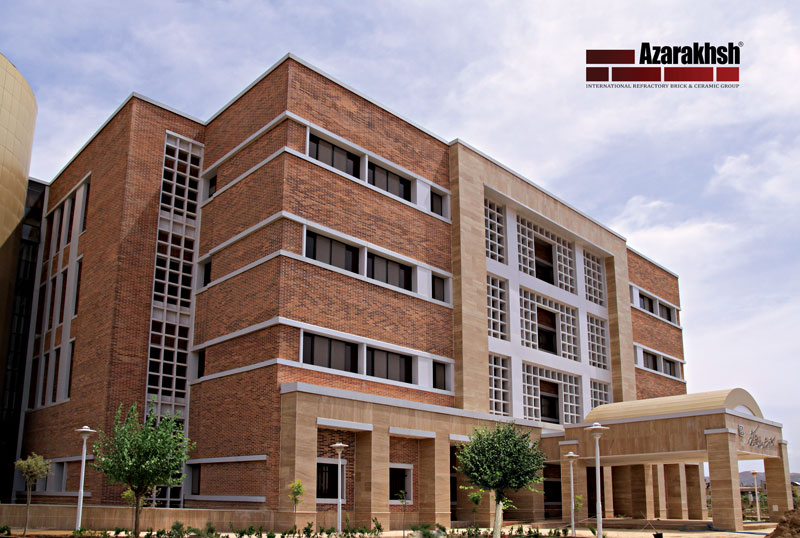
Embracing the Future of Architecture with Fire Brick Facades
In the evolving landscape of construction, fire brick facades stand out as an innovative solution that marries aesthetic appeal with functionality. Their remarkable qualities—ranging from exceptional fire resistance to energy efficiency—position them as an indispensable asset for architects and builders alike. As the demand for safer, more sustainable structures continues to rise, fire brick facades offer a compelling choice that enhances the visual character of a building while fortifying its resilience against various environmental challenges. The integration of fire bricks into modern architectural practices not only meets current design needs but also anticipates future trends in building safety and sustainability.
The myriad applications of fire bricks, from residential to commercial settings, highlight their versatility and adaptability. With their ability to maintain structural integrity and minimize maintenance costs, fire brick facades present a long-term investment that pays dividends in durability and safety. Furthermore, as climate change heightens the need for fire-resistant materials, the strategic incorporation of fire brick facades into architectural designs becomes not just a preference but a necessity for meeting contemporary building standards. This forward-thinking approach to construction will ensure that fire brick facades remain at the forefront of innovative building solutions.
LAST WORD
Ultimately, embracing fire brick facades in your next construction project can be a transformative decision, paving the way for innovative designs that prioritize safety, efficiency, and sustainability. As you consider the future of architecture, let fire brick facades lead the way towards creating structures that are not only visually striking but also equipped to withstand the test of time and nature. The combination of aesthetic appeal and robust performance characteristics makes fire brick facades an ideal choice for those looking to make a lasting impact in the world of architecture.






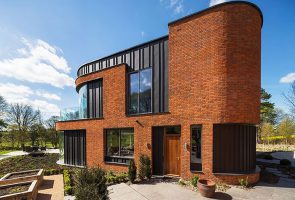
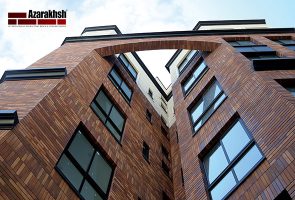
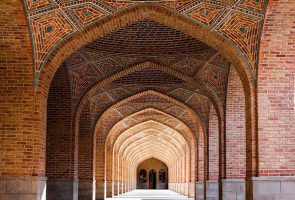
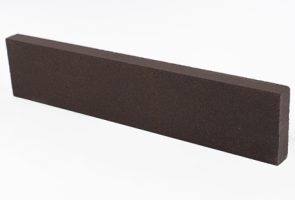
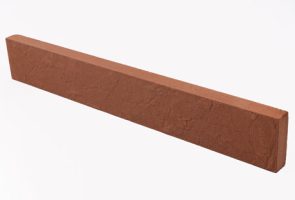
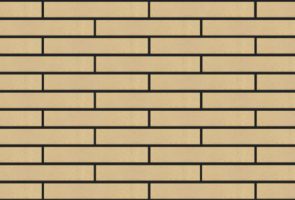

Comments
Your feedback is important to us. Please share comments or ask questions you haven’t found the answer to yet.